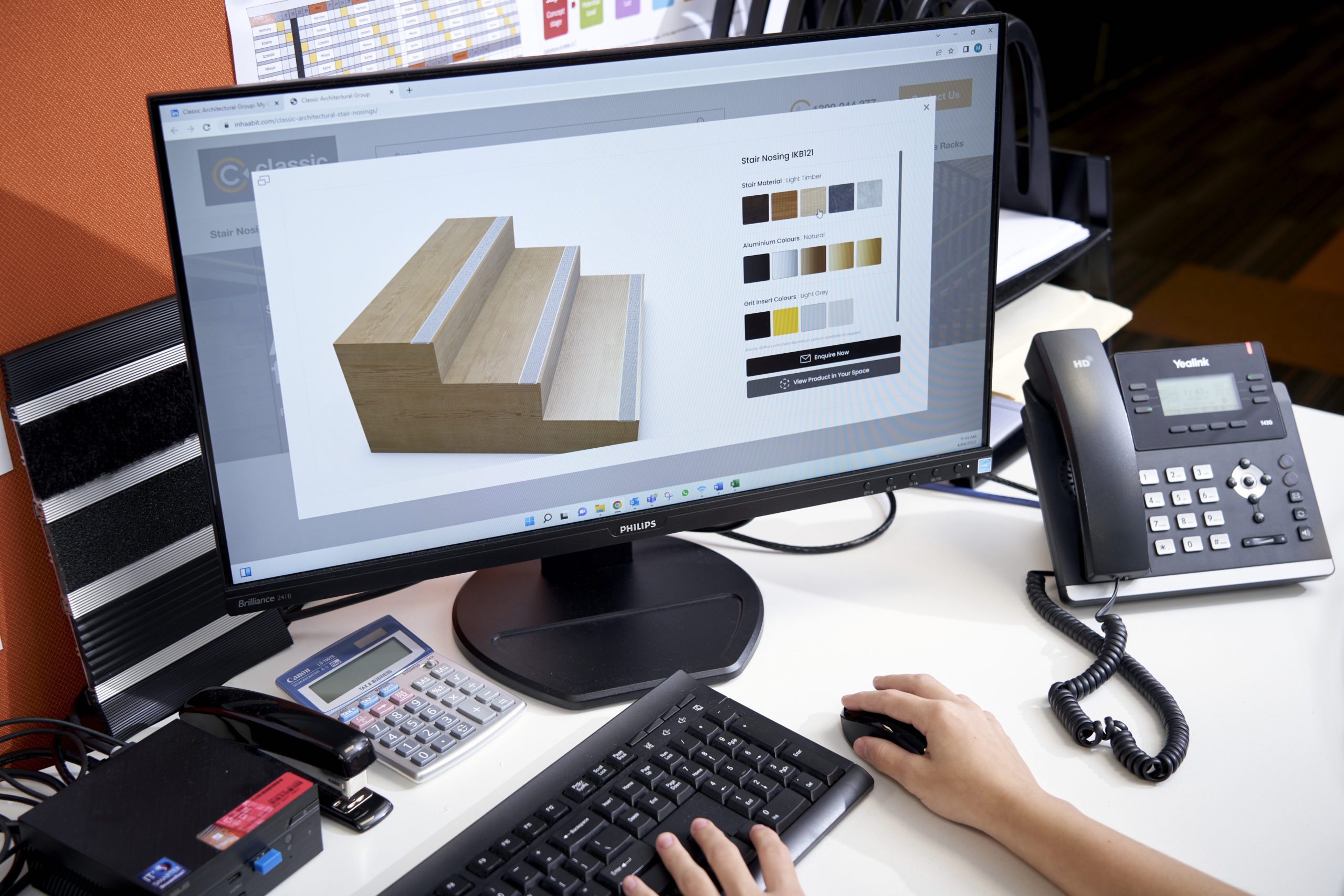To read the complete article, as published in FLOORING MAGAZINE,…PLEASE click here.
Modern cities are vibrant and bustling places, and they can present many challenges for the visually impaired and differently-abled. It is the main goal of any urban planner to design user-friendly cities which are easily navigable, safe and enable people to go about their business with confidence. Australian Standards sets forth a range of guidelines to enhance access to public spaces, but the reality is that these are not always adequately adhered to. In this article, we discuss the ways in which access to public spaces can be enhanced for the differently-abled, with particular regard to the visually impaired. We will also be taking a look at what Australian Standards has to say about safety.
Safety Concerns – Common Experiences of the Visually Impaired
Each city has its own character and unique design language, and this can span from compact and organised through to expansive and informal. The main issues encountered by the visually impaired have to do with lack of appropriate signage/wayfinding assistance, as well as poor implementation of tactile ground surface indicators (TGSIs), handrails and stair nosings at places such as entrance ways and stairways. These areas need to be designed in a safe manner, as they can pose serious trip and fall risks for all pedestrians. The best way to achieve optimal safety is by ensuring that products meet sufficient luminance contrast and are installed in compliance with all technical requirements, such as the specification for TGSIs to be installed at a minimum 300mm setback. Braille and pictorial signs should also be used wherever possible, such as in front of public toilets, glass doors, shop entrances etc as this will help to supplement vision-based direction.
The visually impaired rely heavily on their sense of hearing, particularly in environments which they frequent regularly. Auditory cues such as noises and voices help them find their way around, but in busy CBD areas this can become an issue. Buskers, bands and pop-up events are a regular occurrence, and the unexpected noise in an otherwise relatively quiet environment can throw them off considerably, resulting in disorientation and potential injury.
As assistance technologies continue to gain traction and improve, we should also take care to ensure that safety products are installed in accordance with regulations and best practice. The visually impaired rely heavily on their hearing in addition to predictability and adequate supply of information for successful independent navigation. The current standards often fall short, and there is a need for ongoing dialogue with the visually impaired community as well as the introduction of universal design in both public spaces and assistance technologies around the world. When good design principles and the power of technology are combined with safety products such as TGSIs and stair nosings, confidence and safety for the visually impaired in city areas would be greatly enhanced.





